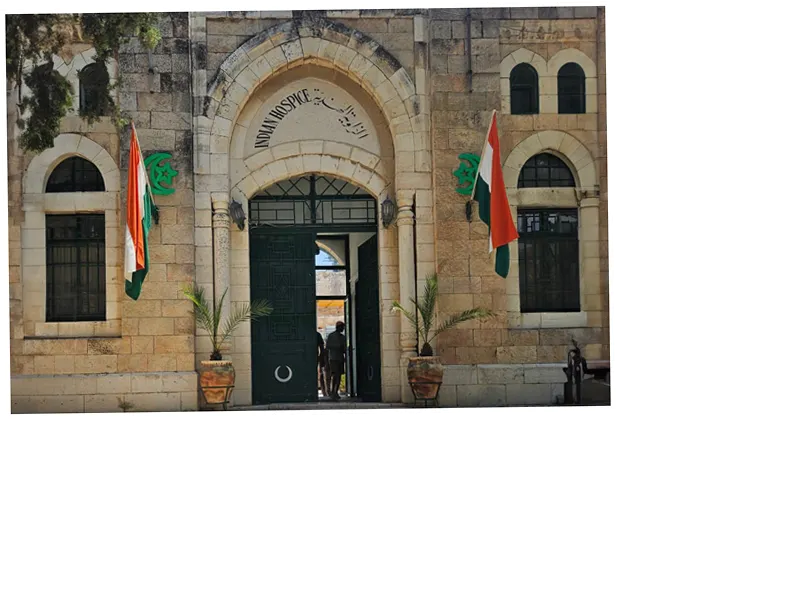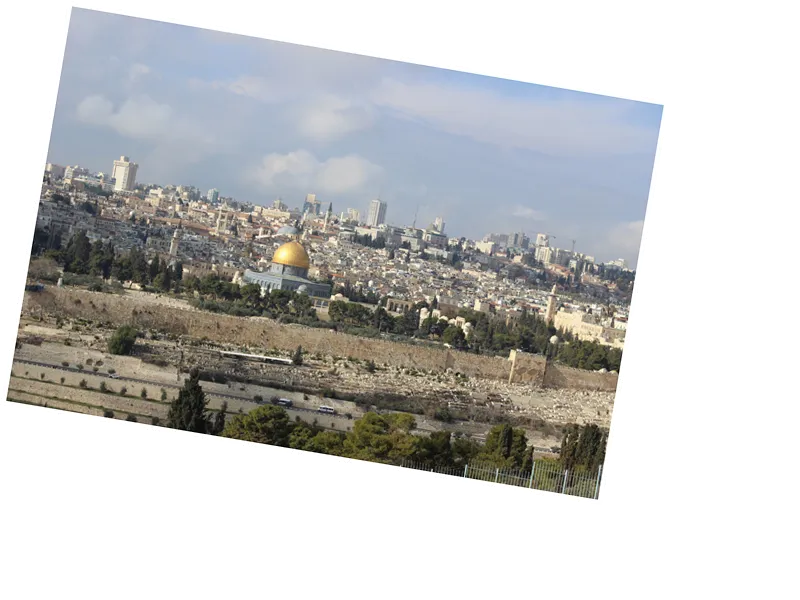The Historical Significance of the Indian Corner in Jerusalem
The Indian Corner, also known as the Hindi Zawiyah, stands as a testament to the rich history and cultural significance of Indian Muslims in Jerusalem. Built during the Mamluk period approximately 850 years ago, this site has served as a sanctuary for pilgrims, particularly those journeying for Hajj. Originally established as a refuge for the poor, the Zawiya evolved into a prominent landmark for Indian visitors. The renovation by Baba Farid Shukranj in the 16th century marked its transformation into a respected pilgrimage site.
Located within the Old City of Jerusalem, just 100 meters south of Bab al-Sahira, the Indian Corner has witnessed centuries of history, including its management by the Indian Al-Ansari family after the Ottoman rule. Despite the challenges faced, including destruction during the 1967 war, the site remains a focal point for Indian heritage and spirituality.
Restoration Efforts and Modern Challenges
In recent years, the Indian Corner has undergone restoration efforts led by the Islamic Endowments Department to preserve its architectural integrity and historical value. However, the site has faced significant challenges, particularly following the Israeli occupation in 1967, which led to a disconnection between the Indian community and this important landmark. The decline in resources and recognition has impacted the Zawiya's significance, despite ongoing efforts to revive its status as a pilgrimage destination.
The Indian Corner continues to serve as a reminder of the enduring ties between India and Jerusalem, highlighting the importance of cultural preservation in the face of adversity.
- The Indian Zawiya was initially dedicated to the **Rifa'iyya Sufi order**, which played a crucial role in its early history. The site has not only been a spiritual haven but also a cultural hub where Indian Muslims engaged in religious practices and community gatherings. During World War II, the site was repurposed as a recreational camp for the Indian Army under British command, showcasing its adaptability throughout history. After the war, the area saw a resurgence of visitors until the geopolitical landscape shifted dramatically in 1967. The ongoing restoration efforts aim to revitalize the Indian Corner, ensuring that it remains a vital part of Jerusalem's diverse cultural tapestry. The collaboration between Israeli authorities and the Indian community signifies a renewed commitment to preserving this historic landmark.






